Blue-collar jobs surge drives rebound
More than 553,000 unemployed Australians have moved back into work as the PM weighs up more support for businesses.

Australia’s COVID-19 economic recovery has moved more than 553,000 unemployed Australians back into work in five months, with more than twice as many jobseekers exiting the government’s employment services programs as there are entering it.
After peaking at almost 1.5 million unemployed Australians at the height of the pandemic, the government’s jobactive program, which helps place jobseekers into work, has fewer new entrants now than in January last year.
Jobs in labouring, cleaning, sales, hospitality and factories topped the list of jobactive placements in the past 13 months, with spikes recorded in October and November as coronavirus pandemic restrictions were eased.
But the workforce bounce back comes ahead of a potential economic crunch at the end of March when the federal government’s emergency COVID-19 payments cease.
Scott Morrison is weighing up the merits of a permanent increase to the dole and more support for struggling businesses.
Economists have warned that the expiration of JobKeeper payments risks derailing the largest workforce recovery in more than 50 years after COVID-19 outbreaks and restrictions plunged the economy into its first recession in nearly 30 years.
The Australian can reveal that, since September, the number of Australians leaving jobactive has outpaced the number of jobseekers entering the employment services system, with 553,433 exiting and 274,891 joining.
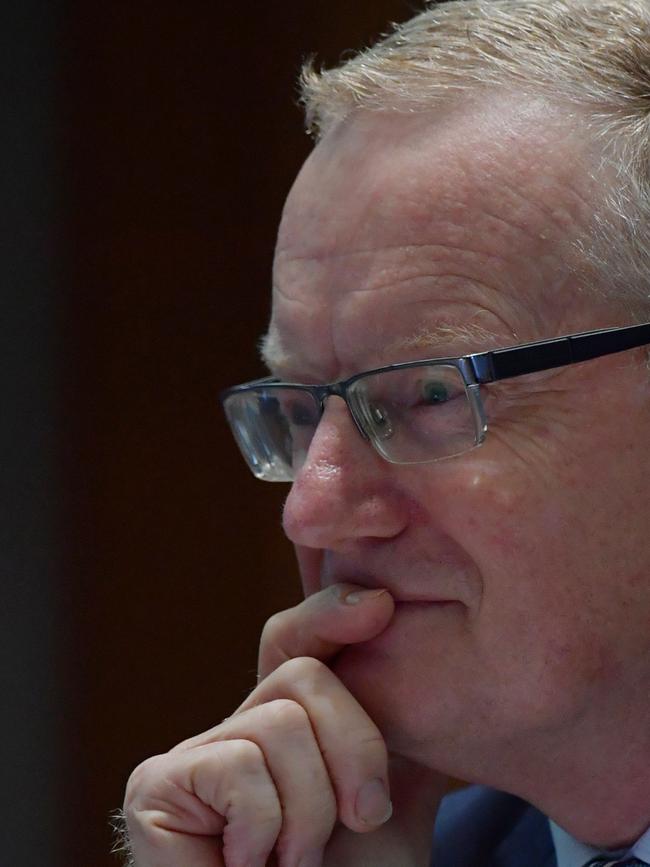
New Department of Social Services data shows more than 100,000 Australians dropped off JobSeeker and Youth Allowance payments in January, the sharpest fall in dole recipients since start of the coronavirus pandemic.
Economists and the government are viewing the trend as a positive sign that the tightening of JobKeeper at the end of December has not triggered a wave of newly unemployed.
The 7 per cent drop in JobSeeker recipients, down to 1,371,192, comes as the government finalises its next moves in providing targeted COVID-19 support packages when the JobKeeper wage subsidy scheme ends on March 28.
Australian National University researcher Ben Phillips said the “real crunch” would come when the subsidy program stopped.
“In an ideal world, employers will start paying the wages of those on JobKeeper, but the risk is that more people will go on to the JobSeeker payment,” said Mr Phillips, a research fellow at the Centre for Social Research
“The JobSeeker numbers have been a little bit sticky, but they are heading in the right direction.”
Mr Phillips said he was concerned some families would face “pretty serious financial stress” if welfare numbers didn’t return to pre-pandemic levels and the JobSeeker rate remained about $565-a-fortnight.
Reserve Bank governor Philip Lowe said last week he expected the jobless rate could “blip” higher for a month or two after JobKeeper ceased but predicted unemployment would fall to 6 per cent by the end of this year, compared with 6.6 per cent in December.
The Prime Minister said last week the government was waiting for data showing how many Australians had shifted off JobKeeper at the end of January before announcing new support measures. There were about 1.5 million people on JobKeeper at the end of December, down from a peak of 3.6 million, with Macquarie economists estimating the number will fall to 1 million in January based on budget forecasts.
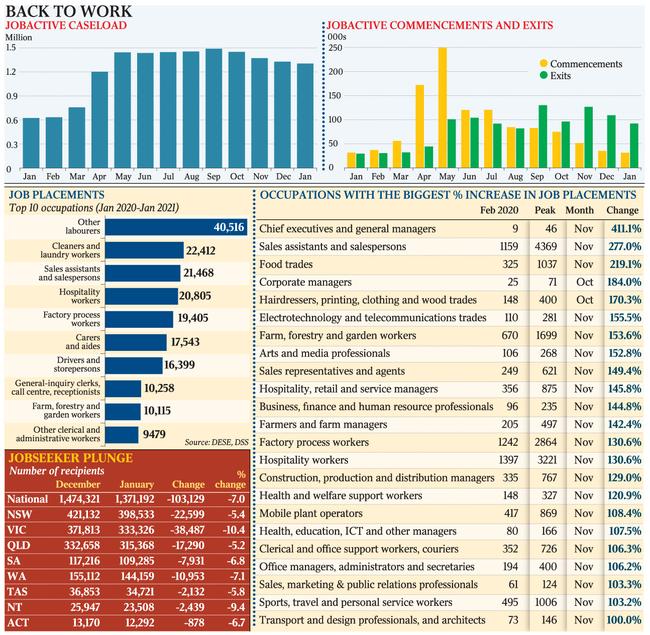
Employment Minister Michaelia Cash said the next phase of the recovery was aimed at filling “the gaps in the labour market” and training the workforce for the post-COVID economy. “What we are seeing is the true resilience of the Australian labour market and the perseverance of people looking for work. This is the face of the post-COVID workforce,” Senator Cash said. “From the sharpest decline to the fastest recovery, we are seeing individuals and businesses responding to our economic recovery plan and the support mechanisms we have put in place.”
Senator Cash said the jobs data, revealing a diverse spread of sectors where unemployed Australians were finding work, showed where the economy was “forging ahead and where the skills needs may arise in the labour force”.
Analysis of jobactive placements data highlighted significant increases in employment across sales, food trades, hairdressers and clothing trades, hospitality, retail and services managers and farming from February to their peak late last year.
Australian Industry Group workplace development head Megan Lilly said it was “amazing how many of our members are having trouble finding staff — we are hearing that right around the country”. A boom in residential construction and infrastructure work likely explained the high number of labouring job placements, Ms Lilly said.
She was unsurprised by the high number of cleaning roles filled through jobactive, saying she expected such jobs would be “top of the pops for a while”. She said improving and retooling the national skills base would need sustained, increased effort through vocational and higher education.
The National Skills Commission this week released an update on job vacancies, with job advertisements growing in January for the ninth consecutive month, up to 175,100. Compared with January last year, job ads are up by 11.1 per cent, while Western Australia leads the nation, up 31.3 per cent.
Australian Chamber of Commerce and Industry chief economist Ross Lambie said: “We’ve got a budget looming in May, and given we had a pretty significant budget in October, this is another chance for the government to really secure the recovery”.
The key jobs announcement in the October budget was a $4bn JobMaker hiring credits scheme providing up to $200-a-week for employees aged 16-35, designed to accelerate youth employment.

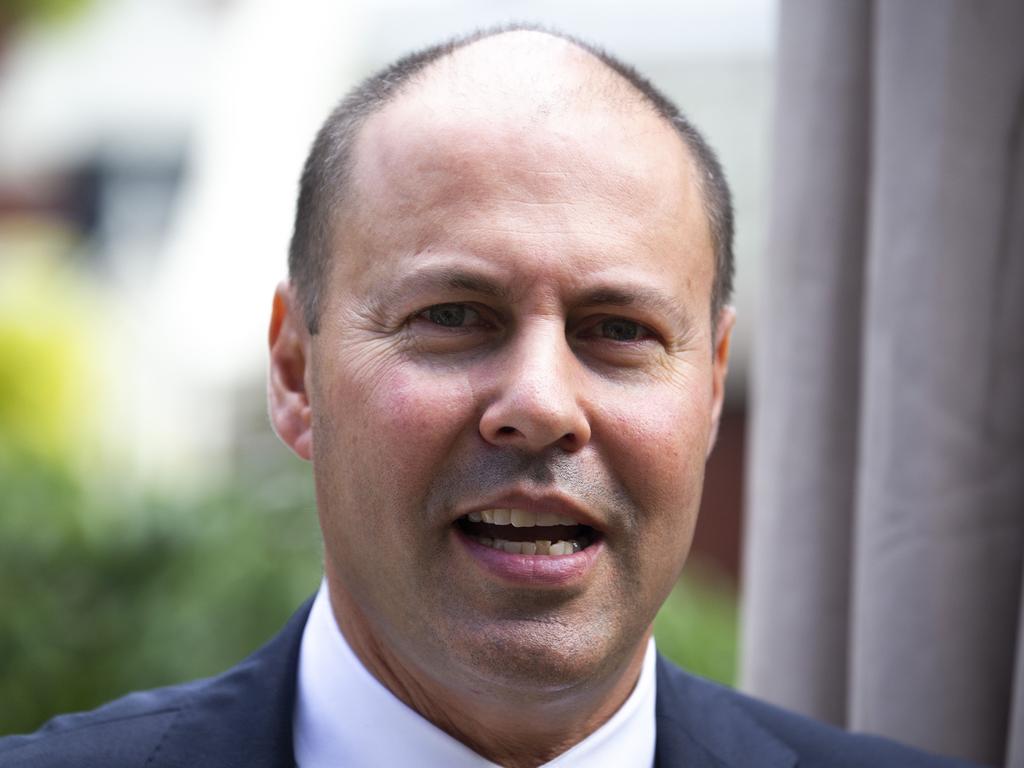
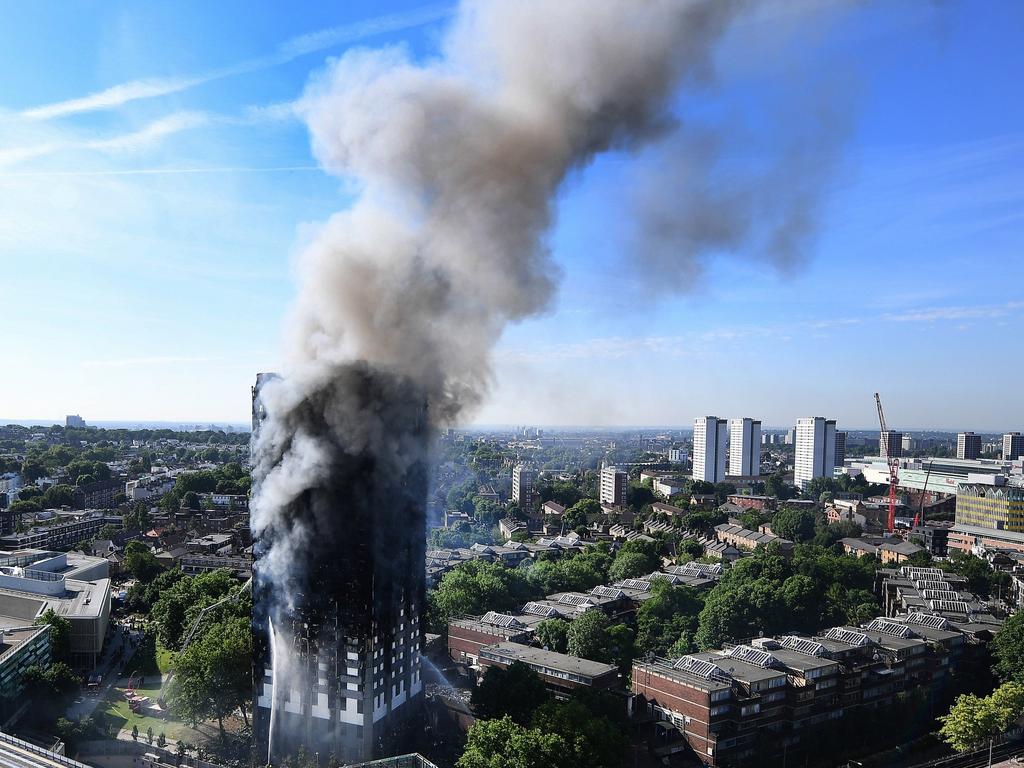

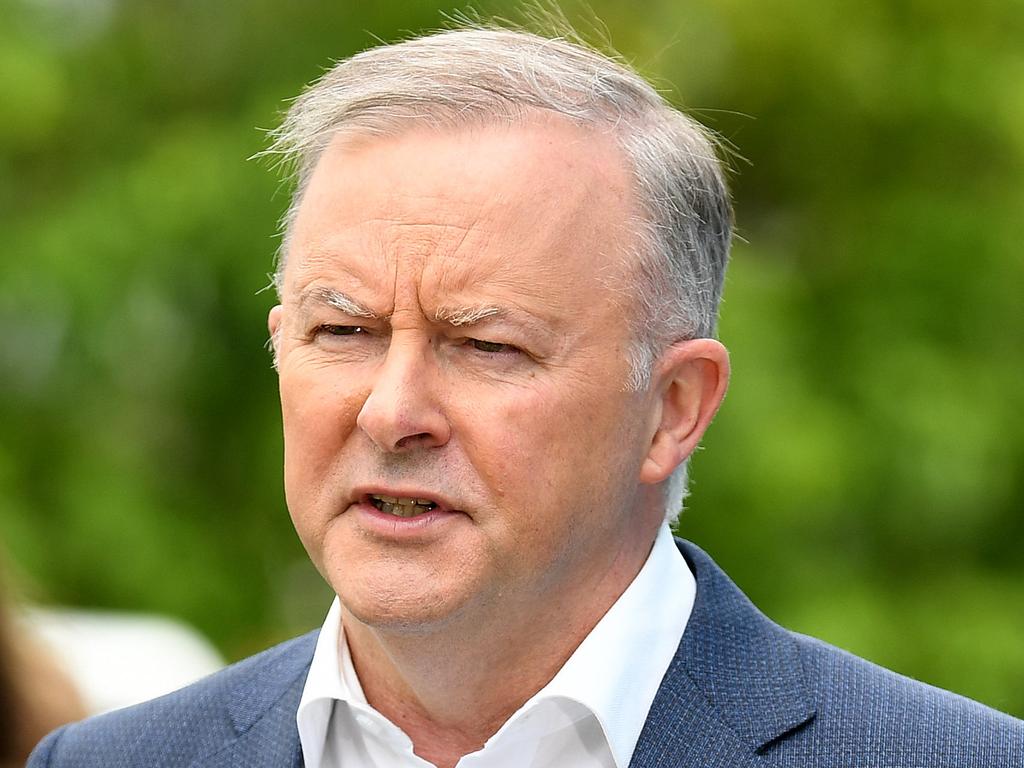


To join the conversation, please log in. Don't have an account? Register
Join the conversation, you are commenting as Logout